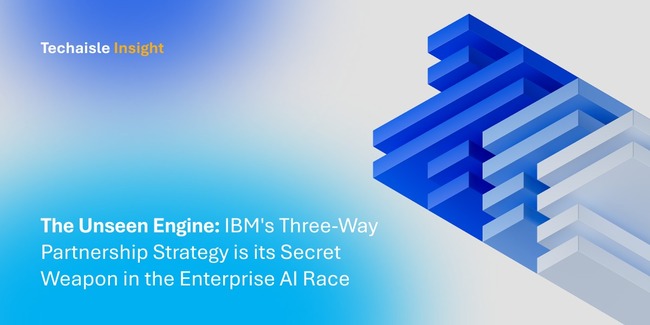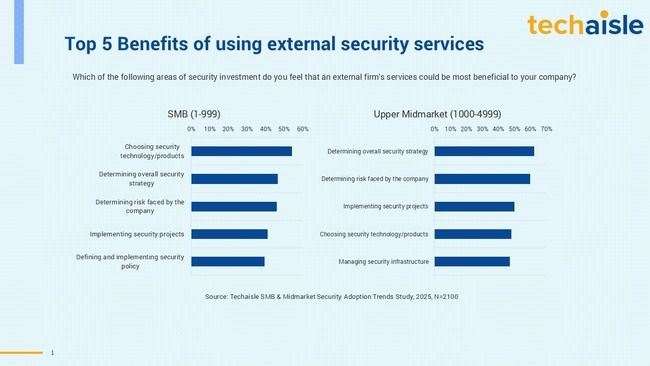The global conversation around Artificial Intelligence is often dominated by the sheer horsepower of GPUs and the expansive promise of public cloud. While the market remains captivated by the meteoric rise of companies selling AI infrastructure, a quieter, more intricate strategy is unfolding - one that intertwines silicon, hardware, software, and a collaborative go-to-market (GTM) engine to tackle the foundational bottleneck in AI adoption: enterprise-grade infrastructure.
It is clear to me that IBM is architecting a sophisticated partnership playbook that moves far beyond traditional alliances. This is not just about co-marketing or creating reference architectures. On the contrary, it is a deeply integrated, three-way GTM model designed to deliver holistic AI solutions. This strategy uniquely positions IBM to address complex customer needs in a way that pure-play cloud providers or hardware-only vendors cannot. It is a story that has been flying under the radar, but one that the entire technology ecosystem needs to understand.

Beyond Reference Architectures: The 360-Degree Partnership Philosophy
At the heart of IBM's approach is the recognition that its strategic imperatives of AI and hybrid cloud are impossible to achieve without a robust ecosystem of partners. This strategy begins with a core group of strategic technology partners, with collaborations centered on technology leaders like AMD, Broadcom, Dell Technologies, Intel, Lenovo, NetApp, and NVIDIA. The logic is simple yet profound: every AI solution is ultimately deployed on a server, powered by GPUs, and dependent on high-performance infrastructure to function at scale.
To capitalize on this, IBM is pursuing what can be described as a 360-degree partnership model that encompasses four key pillars:
- Selling To: Ensuring partners are confident in IBM technology by using it themselves.
- Selling Through: Enabling partners to integrate IBM technology into the solutions they take to market.
- Selling With: Establishing joint account planning and a co-selling motion where sales teams from both companies approach clients in unison.
- Building Together: Moving beyond basic reference architectures to co-create complete, market-ready solutions and blueprints.
The power of this framework lies in its transition from theoretical blueprints to tangible, integrated solutions. A historical parallel can be drawn to IBM's partnership with VMware, which transformed a nascent licensing deal into a multi-billion-dollar business by building a complete solution on the IBM public cloud. This history provides the blueprint for the deeper, more complex alliances being forged today.
The Game-Changer: A Three-Way GTM Model in Action















